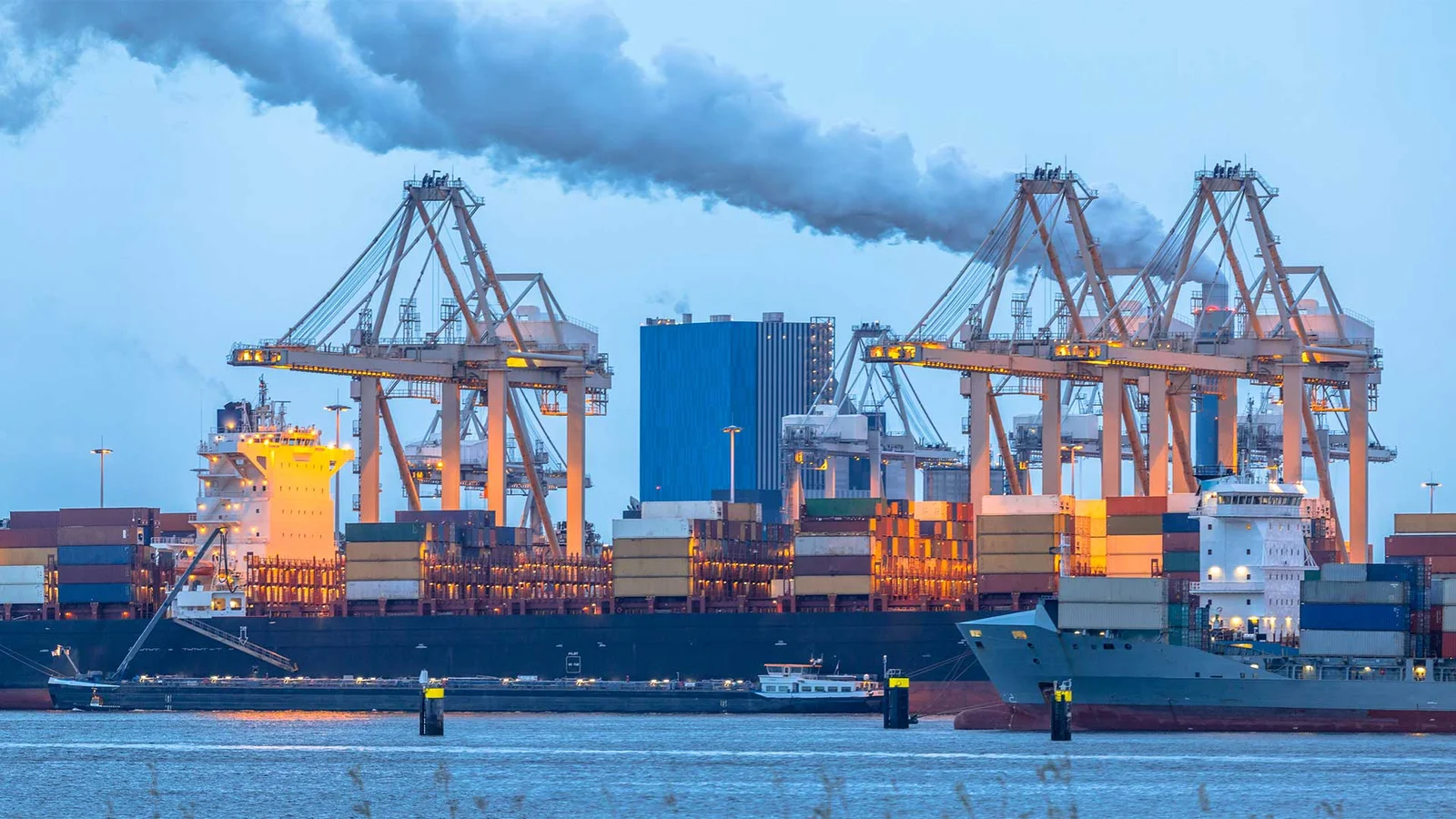
MoPSW to expand shore-to-ship power initiatives and looking for new project guidelines
NEW DELHI : The Ministry of Ports, Shipping and Waterways plans to expand its shore-to-ship power infrastructure and revise policy guidelines so that all ports in India — both major and non-major — have the infrastructure to supply shore power to large EXIM (export-import) vessels, coastal vessels, and harbour craft.
The roadmap under discussion includes possible financing schemes with the help of the Power Finance Corporation (PFC). A desirable prerequisite is bringing on board the Ministry of Power and State DISCOMs to secure distribution licences for the ports.
In shipping parlance, shore power refers to the power supply given to a boat, ship, or any maritime vessel when it’s docked at the port. India is pushing for a mechanism wherein ships can plug for power (electricity from the grid or generated through renewable sources) rather than operating on diesel gen-sets when at the berth.
This will not only save fuel but also significantly reduce vessel emissions within the port area. A rough estimate suggests that one container vessel has an hourly electricity demand of 4000 kWh. Compared to this, the average electricity consumed in a medium-sized Indian household is 3000–3600 kWh per year.
GRID REQUIREMENTS
Shore power has been used extensively for vessels with moderate power requirements—typically less than 50 to 100 KW. For larger vessels with higher power requirements — 100 KW up to 10 to 15 MW — the grid capacity, among other things, must be upgraded.
“As per the Electricity Act 2003, commercial power transmission, distribution, and trading is not permitted by any entity other than DISCOMs. So, the Ministry of Ports, Shipping and Waterways (PSW) has to align with the Power Ministry to allow ports to engage in commercial power distribution,” a Ministry (PSW) official in the know said.
The Directorate-General of Shipping (DGS), an autonomous institution under the Ministry of Ports, Shipping and Waterways, issued ‘Standard Operating Procedures: Shore Electric Power Supply to Ships in Indian Ports’ in May 2018. The guidelines were “applicable for ships with power demand up to 150 KW” (small and medium-sized ships). The plan is to make it mandatory in a phased manner across all ports and for all vessels calling at those ports.
A set of interim guidelines for the safe operation of Onshore Power Supply (OPS) in ports covering the ship-shore interface requirements was issued by DGS in April 2024.
BRINGING STAKEHOLDERS TOGETHER
Similarly, detailed technical discussions are being suggested across stakeholders, including the Directorate-General of Shipping, the Indian Ports’ Association, the Power Finance Corporation, and others.
This collaborative effort aims to finalise the modalities for a scheme that the NBFC (in this case, PFC) can fund. This, incidentally, is a high-investment venture.
Plug-and-play into power sources would require the right fitments at the shore-end and ships. This would mean the need to issue detailed guidelines, allowing a transition window (to move towards a compulsory requirement regime).
Also proposed is the need for funding a pilot programme to be rolled out in select ports, and the model can then be replicated on a larger scale.
Initial ideation covers the concept where ports can assign a revenue-sharing contract to an external entity (third party), which will invest in the shore-to-ship facility and operate the same.
ABB India is establishing the first shore-to-ship power supply for Tuticorin port. This facility is available at two berths of the port, a testament to the project’s feasibility and potential for success. Under the Ministry’s ‘Harit Sagar – Green Port Guidelines,’ the first phase, which covers switching port crafts (pilot boat, tugs, and so on) to electrical power or green power, was initiated in 2023. Plans are afoot to introduce green fuel-enabled vessels for the Coast Guard, Navy, and other small coastal vessels in 2024.
In 2022, the Port of Rotterdam reached a 20 per cent utilisation of shore power and saw a 14 per cent reduction in port related CO2 emissions as compared to 2008.
